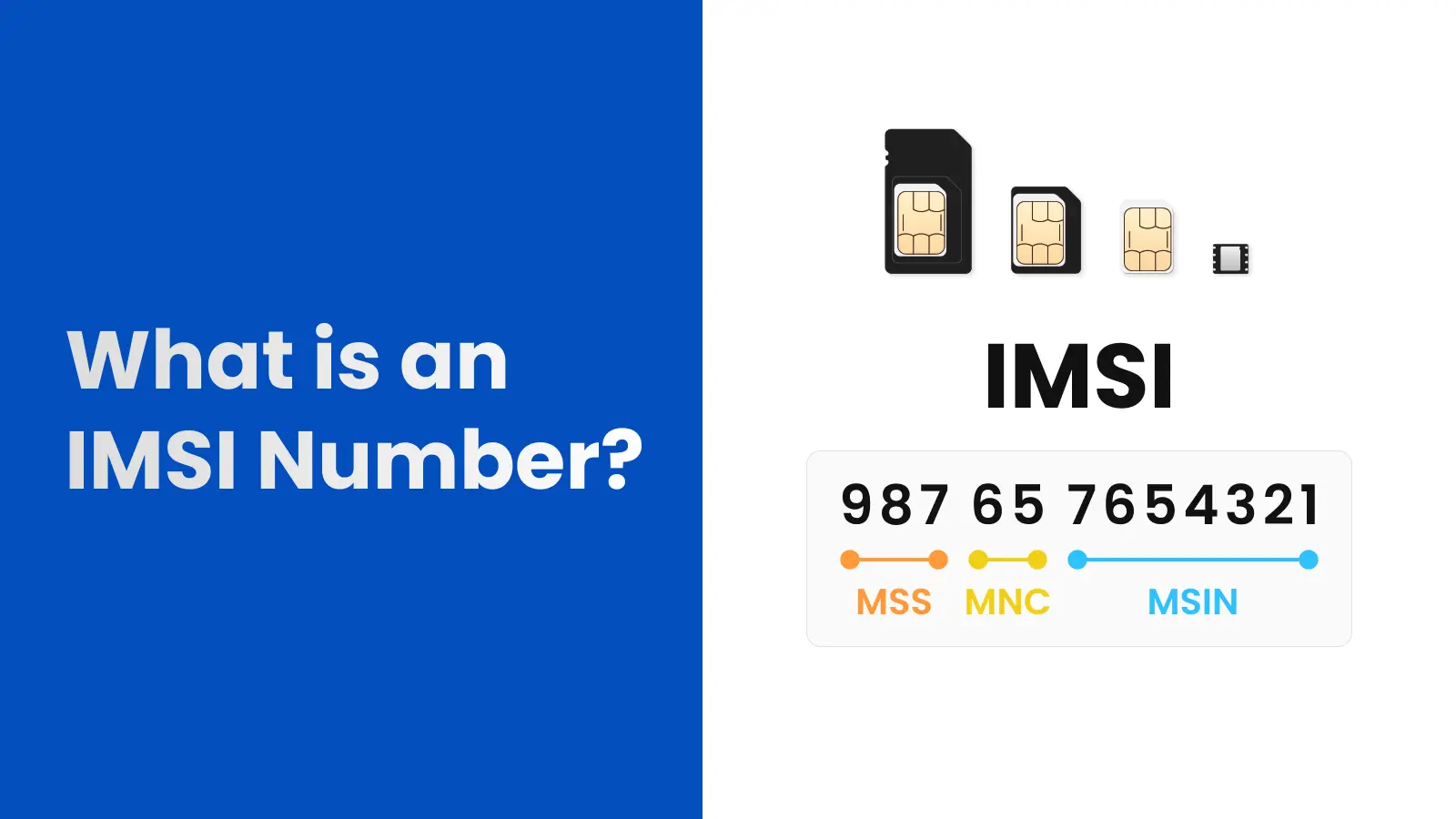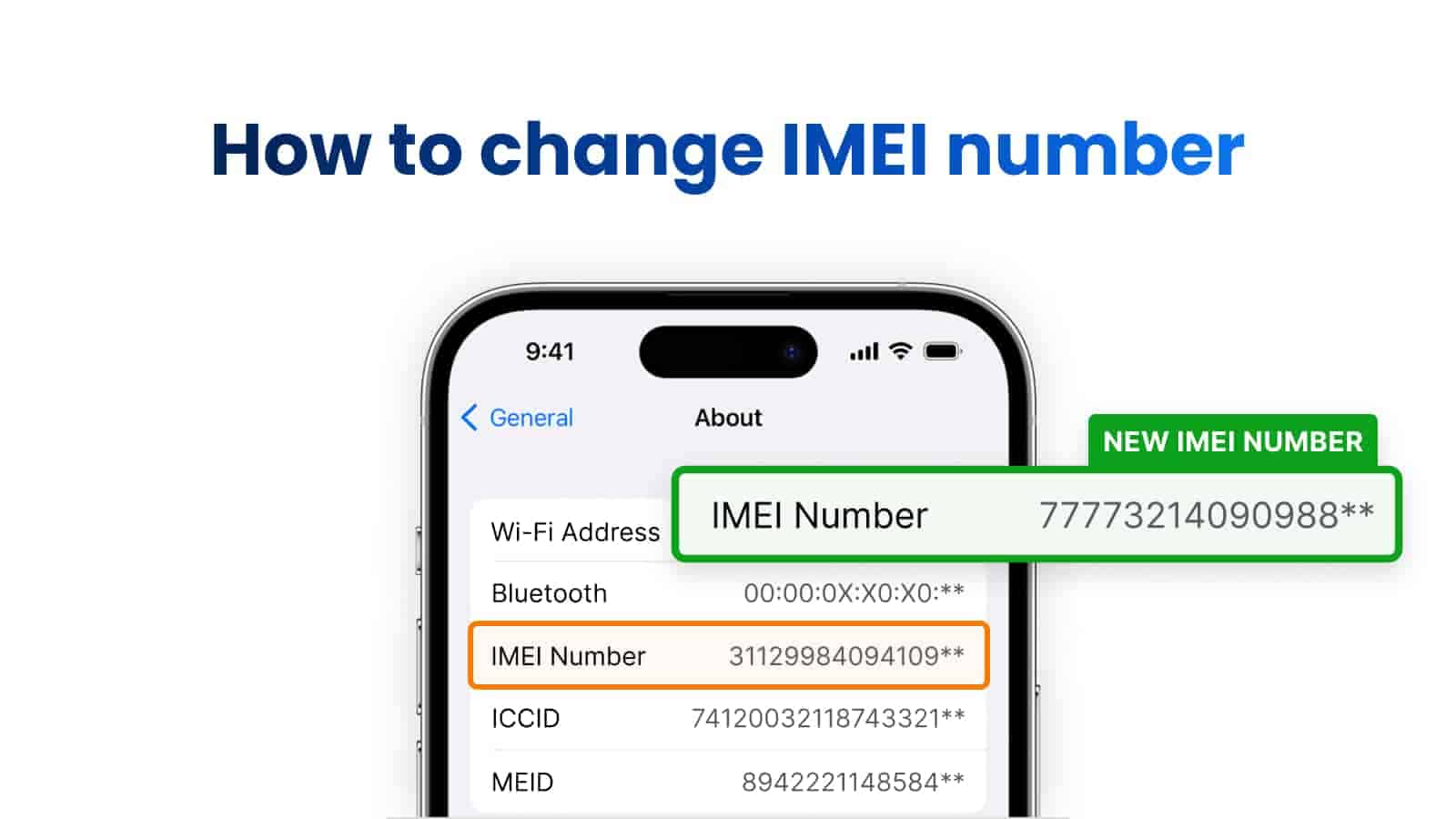IMSI (International Mobile Subscriber Identity) is a unique number assigned to every mobile network user. Operators use it to identify and authenticate subscribers. Without it, making calls, sending messages, or using mobile data wouldn’t be possible.

Where is the IMSI Number Stored?
This number is stored on the SIM card. When a phone is powered on, it automatically reads the IMSI and sends it to the network operator for identification. The system then verifies the services available to the subscriber and activates them.
To enhance security, IMSI isn’t used for continuous communication. After the initial authentication, the network assigns a temporary number (TMSI), which is used for most interactions to prevent data exposure.
Why is the IMSI Number Important?
IMSI serves several key functions:
- Connects the user to the mobile network.
- Allows the operator to determine the subscriber’s plan and services.
- Enables international roaming. When traveling abroad, IMSI helps foreign networks recognize the subscriber’s home operator and provide access to services accordingly.
How is IMSI Different from IMEI?
These two numbers are often confused, but they have different roles. IMSI identifies the subscriber, while IMEI (International Mobile Equipment Identity) identifies the device itself. Unlike a SIM card, which can be changed, the IMEI remains fixed as it is tied to the hardware.
IMEI is used to track and block lost or stolen phones. If a device is blacklisted, it cannot connect to mobile networks, even with a different SIM card.
How to Find Your IMSI Number?
The easiest way to check your IMSI number is through phone settings. On Android, go to "Settings" → "About phone" → "Status" → "SIM status". On iPhones, check "Settings" → "General" → "About", though it may only display the ICCID (SIM card number). If IMSI isn’t visible in settings, specialized apps like "SIM Card Info" or "IMSI Checker" can help.
Another option is to check the SIM card itself, but not all operators print this number on the card. If you can’t find it, contact your mobile carrier’s customer support—they can provide it after verifying your identity.
Understanding IMSI Number Structure
An IMSI consists of 15 digits divided into three parts:
- MCC (Mobile Country Code) – The first three digits indicate the subscriber’s country (e.g., 250 for Russia, 310 for the USA).
- MNC (Mobile Network Code) – Two or three digits identifying the operator (e.g., in Russia, MTS is 01, Beeline is 99).
- MSIN (Mobile Subscriber Identification Number) – The remaining digits uniquely identify the subscriber within the operator’s system.
Example IMSI: 250990123456789
- 250 – Russia.
- 99 – Beeline operator.
- 0123456789 – Unique subscriber ID.
Risks of IMSI Leaks
If your IMSI number falls into the wrong hands, serious risks arise:
- Tracking – IMSI catchers ("Stingrays") can intercept phone signals, track locations, and even record calls.
- Network attacks – Hackers can flood the network with false requests, preventing your phone from connecting.
- Targeted attacks – Cybercriminals can craft personalized attacks, such as impersonating your number to send phishing messages.
How to Protect Your IMSI?
- Use a VPN and encrypted messengers to hide network data
- Turn off your phone in suspicious areas, especially at protests or crowded events where IMSI catchers might be in use.
- Change your SIM card if you suspect a breach. If you start receiving strange calls or messages, your number may be compromised.
- Avoid connecting to unsecured Wi-Fi networks, as they may be used for data interception.
The IMSI number is a fundamental part of mobile communication. It ensures network authentication and service access, but if leaked, it can be exploited for tracking and surveillance. Stay vigilant about your security and protect your data from unauthorized access.

